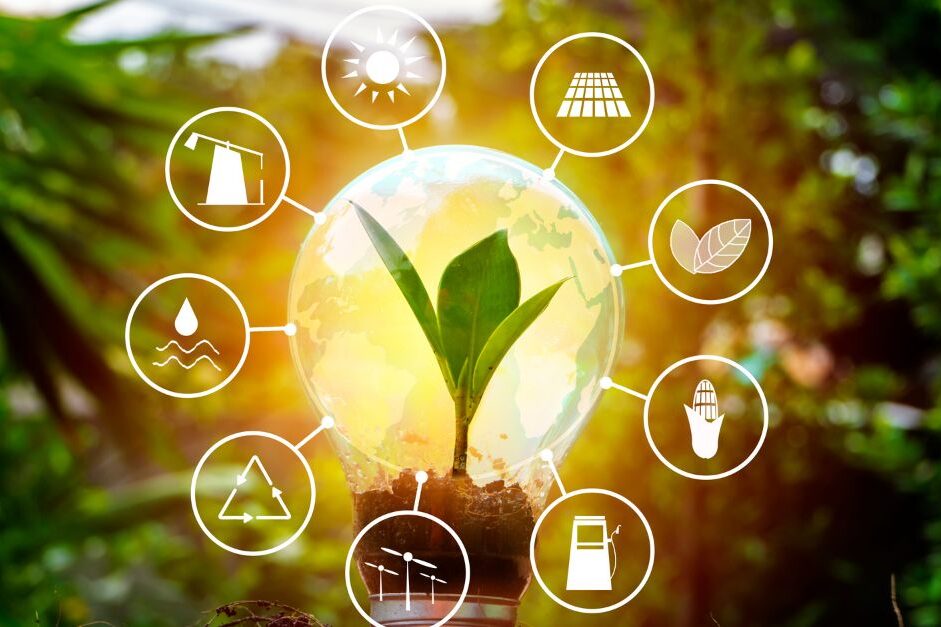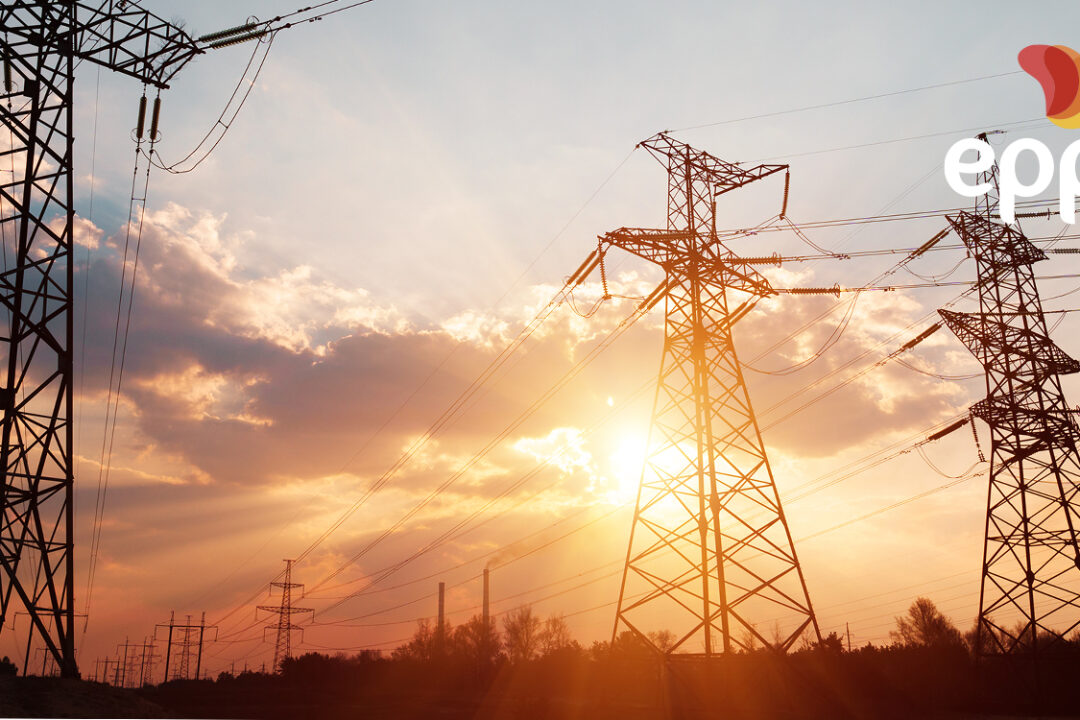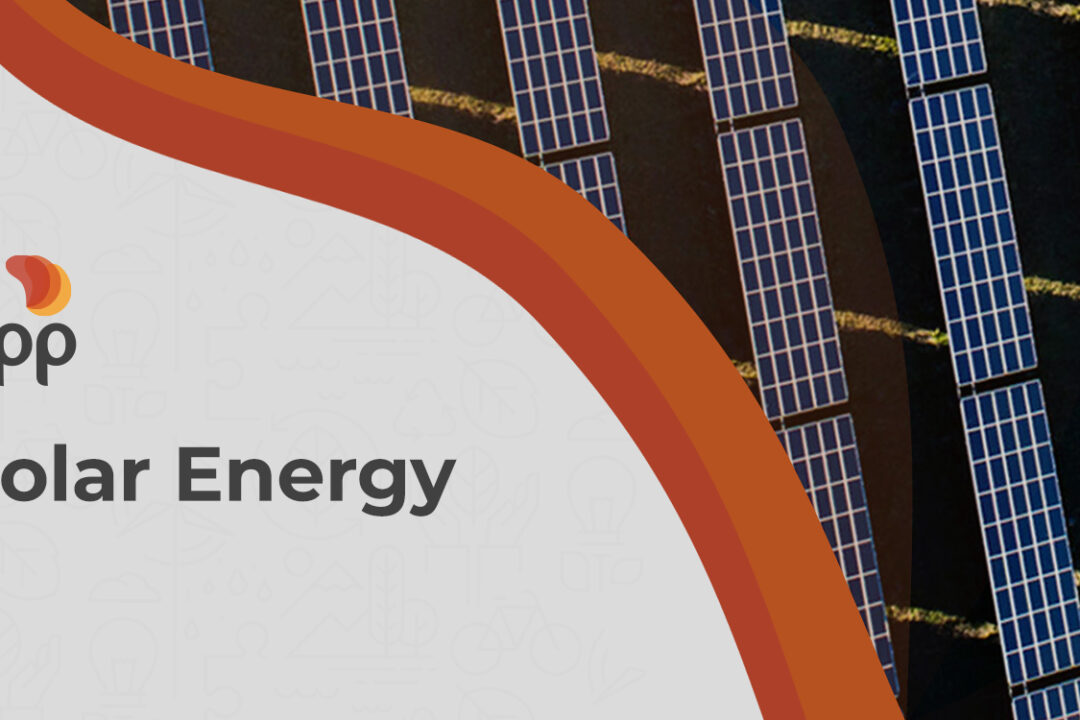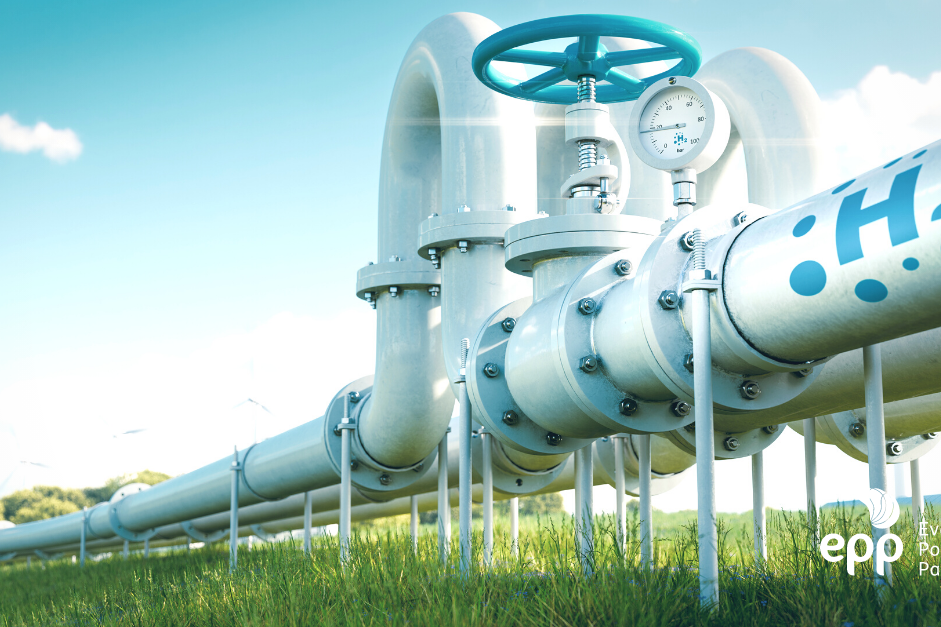Climate change represents one of the greatest global challenges of the 21st century, directly affecting ecosystems and human life. The energy transition emerges as a crucial response, aiming to replace energy sources that exacerbate the problem with sustainable alternatives. This article deeply explores the interactions between these two phenomena, highlighting the importance of coordinated and innovative action.
Impact of Human Activities
The industrial era brought with it a substantial increase in the burning of fossil fuels, responsible for emitting large quantities of carbon dioxide (CO2) and other greenhouse gases. Studies indicate that CO2 emissions since the Industrial Revolution have raised global temperatures by an average of 1.1°C. The continuation of this warming has the potential to trigger extreme weather events, loss of biodiversity, and severe impacts on agriculture and water resources. Thus, understanding the impact of human activities is essential to reverse this trend.
Furthermore, accelerated urbanization and economic growth have increased energy demand, intensifying the challenges related to climate change. The International Energy Agency (IEA) reports that the energy sector is responsible for about 75% of the world’s greenhouse gas emissions. This reality signals the urgency of adopting more sustainable consumption and production practices that can mitigate negative impacts on the climate.
The Urgency of Energy Transition
Transitioning to renewable energies is not only an environmental necessity but also an economic opportunity. Technologies such as photovoltaic solar and wind are becoming increasingly economically viable, with continuously declining installation and maintenance costs. Governments around the world are formulating policies to encourage the adoption of these technologies, such as subsidies and guaranteed tariffs for renewable energy.
The role of technological innovation in the energy transition is equally crucial. New developments in energy storage, such as higher capacity and more efficient batteries, are facilitating the integration of unstable renewable sources, like solar and wind, into national power grids. Furthermore, advances in carbon capture and storage technology present an opportunity to mitigate the effects of remaining fossil fuel emissions.
Finally, the energy transition also involves the restructuring of existing energy infrastructure and promoting greater energy efficiency. These measures are essential to reduce dependence on fossil fuels and maximize the use of renewable sources, significantly contributing to the reduction of greenhouse gas emissions.
The energy transition is intrinsically linked to the Sustainable Development Goals, particularly SDG 7 (Affordable and Clean Energy) and SDG 13 (Climate Action). It promotes the adoption of affordable, safe, sustainable, and modern energy for all, aligning economic development with environmental protection. This approach seeks not just environmental sustainability but also social justice, ensuring that changes benefit all communities equitably, without excluding or disadvantaging vulnerable groups.
[Read More: Towards a Sustainable Future: Decarbonization, Energy Transition and the Rise of Clean Energy]
Conclusion
Climate change and the energy transition are intrinsically linked, with each action in one field influencing the other. Transitioning to a cleaner energy matrix is not just an environmental measure, but an economic and social imperative that requires international cooperation, investment in technology, and the adoption of effective policies. As we move forward, collaboration among nations, businesses, and communities will be vital to ensure a sustainable future for all.







